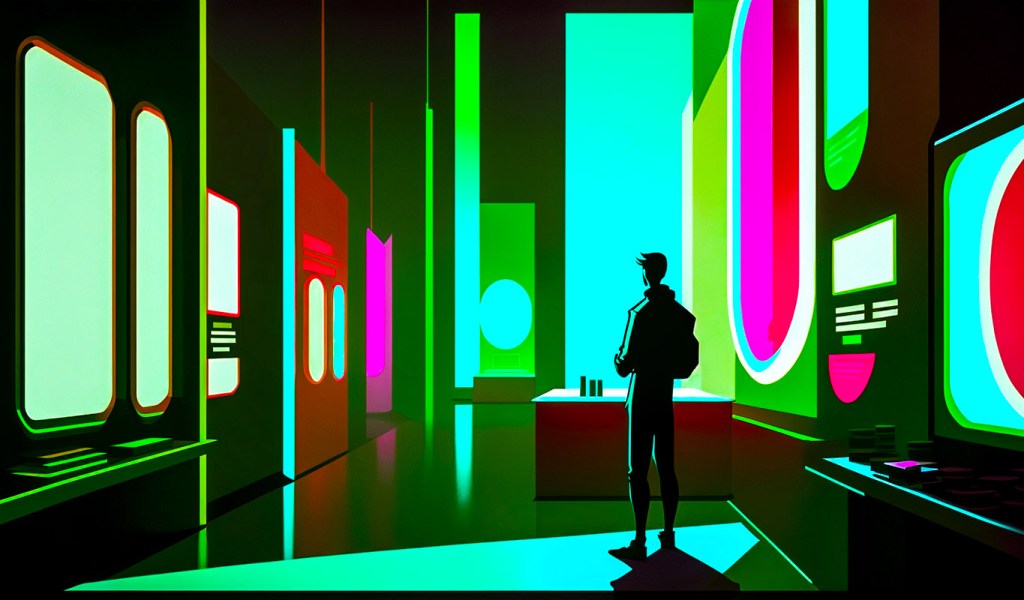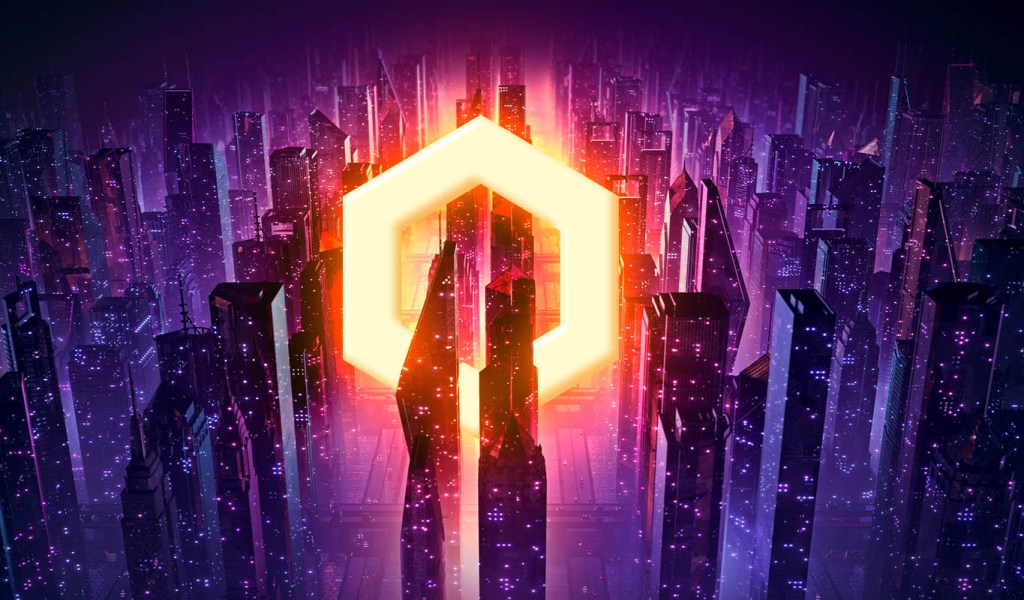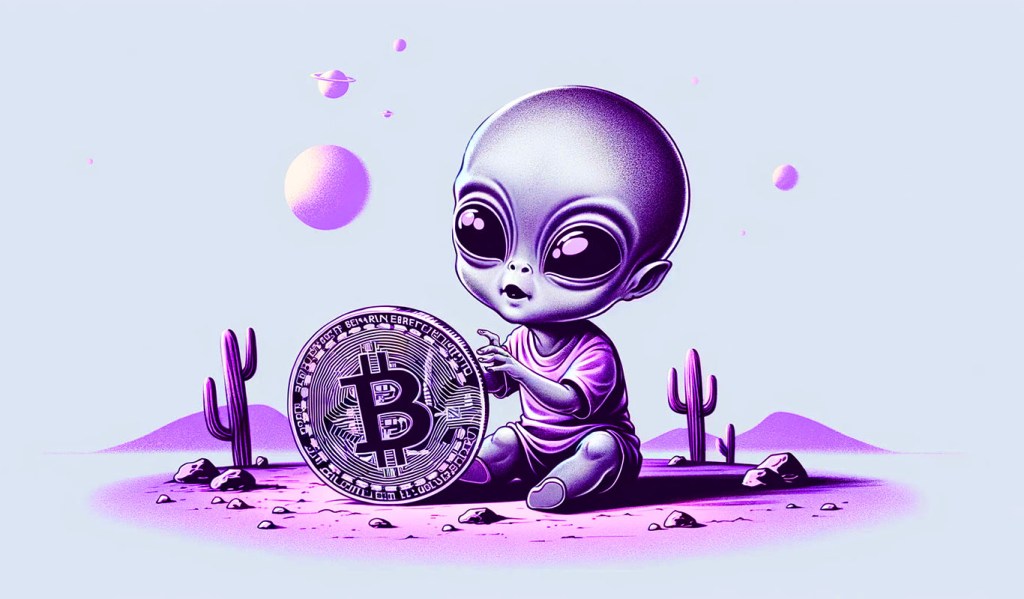
Why Account Abstraction Is the Key Technology for the Future of Web 3.0 and GameFi UX
HodlX Guest Post Submit Your Post
The UX problem in Web 3.0 and GameFi has no one-size-fits-all solution. It is a sophisticated and interconnected issue otherwise, we would have seen it solved many years ago.
Indeed, Ethereum has done a great job in lowering its transaction fees and increasing throughput. Similarly, layer-two solutions introduced greater and cheaper scalability to the system.
The UX, however, is still a tough entry barrier, and several unexpectedly popular DApps (decentralized applications) can still impose a huge workload on crypto networks.
The past years brought little change now is the right time to focus on the overall UX improvement, and new blockchain technologies like ‘account abstraction’ can help.
Account abstraction the Ethereum UX revolution
Imagine an average user attracted to a new viral DApp. They excitedly download the app to try the latest trend. Oh, they can’t do it just yet hey need a wallet first.
They may have heard about MetaMask, so that’s the low-hanging fruit.
Now, the wallet is there, but the majority of users have some sort of an upfront cost this is simply their business model, an initial investment.
After all, isn’t our user used to small in-app purchases virtually everywhere else?
Still, you can’t buy tokens directly in a wallet, so most of the time they’ll head straight to whatever centralized exchange is the most popular in their region.
They fill in their passport info, residency address and a utility bill to prove it, and tax ID number, and submit a photo old on, the resolution is too low. And this one is too oversaturated. And this is way too shadowy.
Nice! It should only take the exchange’s KYC (know your customer) team a day or two to verify their identity. ‘The photo doesn’t match the photo on your passport.’ They have to resubmit.
Anticipation breeds appetite, and our user happily logs into the app, connects the wallet, and attempts to make their first balance refill nly to find out that the wanted token’s protocol is not supported by the exchange they’ve chosen.
They need to get used to this feeling in the unlikely situation that such a user returns to the app, they will have to keep track of gas quotes, Ethereum balance for gas fees, native token balance for in-app payments and a stablecoin account to hedge their earnings against market volatility.
Oh, and don’t forget to store the seed phrase otherwise, all the funds would be irrecoverably lost.?? This is simply not tolerable in 2024.
Now, we have the technology that could mitigate many of these hurdles ccount abstraction.
In technical terms, account abstraction decouples the wallet from the private key, allowing customers to effectively use smart contracts as their accounts.
In practice, however, this translates to a revolution in the UX of DApps. Firstly, arbitrary verification allows users to set up an account via Google, Apple or other well-known methods.
Secondly, account abstraction facilitates sponsored transactions, providing users with the opportunity to pay gas fees in any ERC-20 token or automatically link them to their fiat cards no longer restricting users from maintaining a sufficient Ethereum (ETH) balance just for transactions to get through.
Account abstraction also enables trusted session functionality for GameFi projects, meaning that it wouldn’t need to approve each in-game purchase during the play session.
A smart contract wallet could approve certain transactions during the play session or by any other parameters, like a fixed time, value, etc. thus not tearing up the in-game user experience and keeping it safe.
As such, a trusted session will not be permanent.?? Ultimately, with account abstraction, an interested gamer would download the game from the App Store, log in via Apple credentials and begin to play.
Simple GameFi just like that.
Layer-three solutions and the key to zero gas
Onboarding and wallet creation are not the only UX roadblocks for GameFi. A significant portion of challenges is caused by the gas concept itself.
One can even observe the correlation between GameFi activity and the spikes in gas fees.
Even if the fees are reasonably low, the very concept of paying an unpredictable extra amount is a major psychological deterrent.
A potential way out is layer-three zero-gas solutions.
Layer-three solutions are flexible application-specific blockchains that are built atop existing layer-two Ethereum projects.
Following the principle of Ethereum vertical scaling, layer-three introduces even greater throughput and even lower gas fees.
In fact, by combining it with the sponsored transactions feature of account abstraction, project owners can fully pay for their users’ commissions, enabling the first true free-to-play, play-to-earn experience.
Alternatively, developers can support different approaches towards paying gas fees for instance, with cheap tradable in-game items or covering all users’ gas fees as part of a premium gaming account or through in-game rewards, like those found in battle pass models or special events.
Overall, such zero-gas solutions will create a smoother gaming process, making Web 3.0 gaming indistinguishable from the Web 2.0 experience.
No more annoying monetary roadblocks just you and the game.
A technology-level enabler of UX excellence
The UX problem in Web 3.0 and GameFi is a really sophisticated one. Had it been simple, it would have been resolved long ago.
As the industry acknowledged the importance of UX, many roadblocks were gradually smoothened.
Still, only with the combination of new blockchain technologies like account abstraction and layer-three do I see a new-level enabler for Web 3.0 and GameFi UX to finally become as convenient as Web 3.0.
With most in-app actions processed off-chain, the main chain will benefit from reduced network loads and greater maximum throughput.
At the same time, zero-gas solutions and account abstraction will reduce unnecessary onboarding and in-app interaction steps, creating the most seamless experience for the user.
By the end of 2024, we may witness the emergence of a new generation of GameFi apps distributed via popular app stores, linked to your preferred credentials, zero gas and with fiat withdrawals.
Just like the good old Web 2.0 gaming but with data ownership that pays.
Yaniv Baruch is the chief operating officer at Playnance, a dedicated GameFi ecosystem running on PlayBlock, the leading gaming layer-three blockchain solution on Arbirum Orbit. Yaniv is a veteran fintech professional, starting in 2004 at RBC, and has valuable expertise in the Web 3.0 space and a broad skill set in financial markets.
Follow Us on Twitter Facebook Telegram

Disclaimer: Opinions expressed at The Daily Hodl are not investment advice. Investors should do their due diligence before making any high-risk investments in Bitcoin, cryptocurrency or digital assets. Please be advised that your transfers and trades are at your own risk, and any loses you may incur are your responsibility. The Daily Hodl does not recommend the buying or selling of any cryptocurrencies or digital assets, nor is The Daily Hodl an investment advisor. Please note that The Daily Hodl participates in affiliate marketing.
Generated Image: Midjourney
The post Why Account Abstraction Is the Key Technology for the Future of Web 3.0 and GameFi UX appeared first on The Daily Hodl.
Go to Source
Author: Yaniv Baruch









